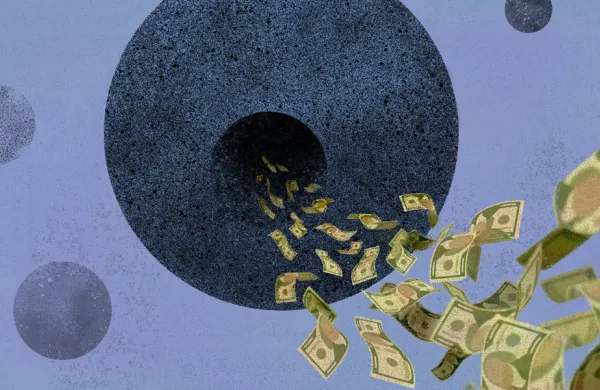For private equity managers, it is a tale of two markets. Fundraising is going through the roof, but valuations are sky-high and exits are on the decline — a sign, market observers say, that the private equity market is nearing the end of its cycle, which could be bad news for managers looking to put new capital to work.
In the middle of the last decade, private equity firms sought a frenzy of new funds and deals, but that activity tailed off after the global financial crisis of 2008, when the private equity industry experienced a slowdown in new fund launches. In recent years, fundraising has bounced back with a vengeance and is now at record highs. But the 2009 to 2011 slowdown is coming back to haunt managers in the form of a decline in private equity-backed exits, which is increasing valuations and creating a seller’s market just as things are getting hot again.
A report published this week from data provider Preqin shows that private-equity backed exits are on the decline. According to Preqin data released July 5, there were 381 private-equity backed buyouts in the second quarter of 2017, the fourth consecutive quarter of declines. This is compared with 394 exits in the first quarter and 434 private-equity backed deal exits in the second quarter of 2016. Experts say the data indicates the market has reached an inflection point as old funds cycle off, before new funds ramp up.
Fundraising by general partners continues to swell in the private equity arena. According to Preqin, in 2016, private-equity firms raised more than $300 billion for the fourth straight year. An aggregate $378 billion was raised by 948 firms, the highest total since the financial crisis, according to the firm.
Record dry powder, coupled with fewer assets on the market, is leading to sky-high valuations, says Michael Mahoney, a partner at UHY LLP, a private-equity focused accounting firm. He adds that the average multiple for earnings before interest, taxes, depreciation and amortization (Ebitda) on deals is sitting around 11 times. In previous years, Mahoney noted, Ebitda was at about 7 times.
“Increasing competition has caused skyrocketing valuations,” Mahoney says. “Ebitda is reaching pre-financial crisis levels.”
Private-equity firms looking to buy are finding it difficult to acquire assets at fair prices.
“Market conditions have been very strong and pricing for assets has been high, making it difficult on the deal side to extract value,” says Christopher Elvin, head of private equity products at Preqin. “It’s widely agreed that we’re at the final stages of the cyclical process. Things are going to drop off, certainly in terms of pricing. The exit market won’t be as attractive” to buyers, he says.
Victor Quiroga, founding partner at Triago, a private-equity advisory firm, agrees. “Exit volume has dropped as a cyclical effect of entry volume five six years ago,” Quiroga says. “The exit market today should in part be a result of the entry market in 2011 and 2012. If there were fewer great quality deals, there would be fewer exits today.” In 2011 and 2012, private-equity firms were still reeling from the 2008 financial crisis, raising funds at a much slower rate than they had been previously.
But managers and asset owners putting money into direct deals today cannot necessarily afford to wait for the drought to be over to put money to work. One of the largest exits of the second quarter of 2017 was the sale of Staples to Sycamore Partners for $6.9 billion, announced in June.







